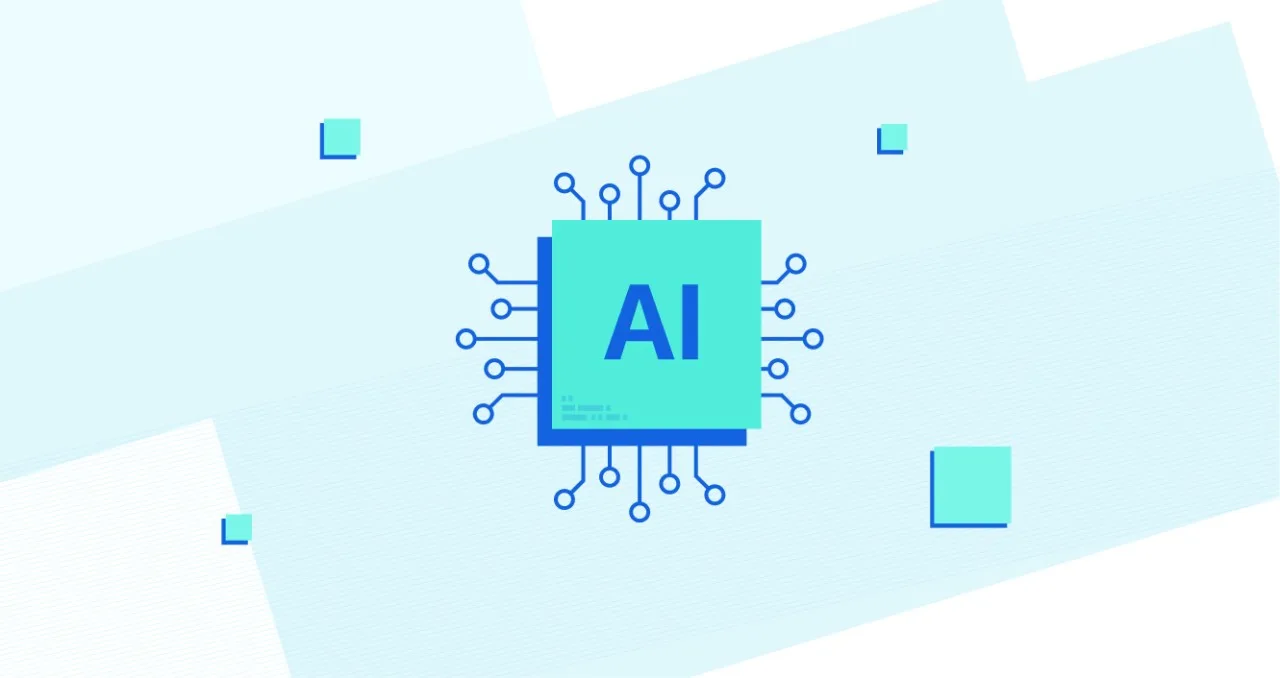The Role of AI in Lending Management Solutions: Enhancing Efficiency and Risk Assessment – The financial services industry shows a profound evolution as a result of the advancements in technology. Arguably, the most damaging technology to the industry is Artificial Intelligence (AI), which has already established critical functions within different financial domains. One escalating element is lending management, which utilizes AI to revolutionize the assessment of risk, operational management, and customer-facing products of an institution.

What is AI in the Lending management?
A lending management brings all elements of a loan from application, approval, repayment, and monitoring. Traditional systems tend to involve manual processes, legacy software, and static risk models that mainly do not have the capability to assess the potential reliability of a borrower, and to later properly manage large loan portfolios. AI will introduce automation, intelligent data analysis, and predictive abilities into the lending ecosystem. A lending management system will take a static and rules-based approach and change it into a dynamic learning based approach with the ability to constantly improve and accommodate every new scenario.
Creating a More Efficient Operational Function
Automation of Low-Value Repetitive Tasks
One of the main advantages that AI can offer to lending management is the ability to automate routines that were historically time-based, low-value, repetitive tasks. Automated processes will manage things like document verification, application screening, or even traditional customer service requests. Robotic Process Automation (RPA) and Natural Language Processing (NLP) enable AI to read and extract information from documents, understand customer correspondence, and make simple lending decisions all in seconds. This not only reduces processing times and allows human employees to focus on more complex decision-making, but it also significantly enhances operational efficiency.
Faster Loan Origination
AI smooths the loan origination process by quickly reviewing a potential borrower’s financial data, plus other criteria like employment history, credit score, and spending patterns. Machine Learning (ML) models can inspect huge amounts of structured and unstructured data to more accurately predict credit risk than standard credit score models. For example, AI can identify different details like consistent rent payments and stable employment patterns, while traditional credit scoring might have to overlook the applicant fully due to a thin file, thus improving financial inclusion.
Real-time Decisions
When employing AI, lenders move from batch processing to real-time decision making. AI models can automatically process incoming applications and return a risk rating instantly, allowing lenders to approve or reject applications quickly. This is specifically useful in online applications with high volumes of applications, like online consumer loans or microfinance, where speed is important. AI-driven decision engines are continuously learning about new incoming data, and the more often they are updated, the better the big lending decisions they can make.
Increasing Risk
Improved Credit Scoring Models
Conventional scoring mechanisms highlight payment data and credit bureau scores. While important, traditional credit scoring models frequently fail to account for a borrower’s full range of financial activity, specifically for borrowers within underserved populations. AI-enhanced credit scoring models take into consideration a wider range of variables, including social media activity, e-commerce behavior, utility bills, and mobile phone usage, ultimately resulting in more detailed and accurate credit scoring, better segregation of risk, and customized lending practices.
Early Warning Systems
AI can serve to monitor borrowers, acting as a sentinel, while identifying future defaults. By harnessing transactional data, analyzing spending patterns, and even borrowing from macroeconomic data, AI can surface early signs that a borrower might be in financial distress. This can enable lenders to take a proactive approach and remedial action before a loan defaults, ultimately reducing a lender’s non-performing loans (NPLs).
Fraud Detection and Prevention
AI is very good at detecting patterns and is therefore a good source of information about fraud detection. AI can help detect instability within a loan application or customer behavior that might allude to fraudulent behavior. For example, AI can flag loan applications using synthetic identities or help point out unusual activity on an account that could lead to collusion or identity theft. AI systems also have adaptive capabilities, they can learn from new ways to commit fraud and, over time, become stronger than rule-based fraud detection systems that are static.
Challenges and Considerations
While AI in lending is promising, it does bring challenges. Some of the challenges to consider are –
Data Privacy – Using personal and sensitive data must comply with strict data protection laws like GDPR and CCPA.
Bias and Fairness – AI models can unintentionally inherit discriminatory bias based on historical data, which can lead to inequitable lending practices.
Explainability – Financial regulators may need consideration of transparency. AI models are notoriously complicated, which is specifically true for deep learning models, thus posing a challenge for auditability.
To reduce these challenges, many organizations are starting to use such Responsible AI frameworks, which include principles like transparency, fairness, and accountability.
The Future of AI In Lending
Going forward, AI will constantly grow and become even more integral to lending management systems. Some developments will include –
Conversational AI – The use of voice-enhanced loan applications and AI chatbots that can deal with complicated customer queries.
Hyper-Personalization – The offer of loans that tailor and adjust in real-time to the customer’s particular financial behaviour and choices.
AI Co-Pilots – AI-based suggestions and decision support tools used by loan officers, but retaining human contact.
Looking forward to the future of AI, as it will continue to grow, it is believed that the relevant combination of human intelligence and machine learning will be the defining sequencing of the next stage in lending.
Conclusion
AI is changing lending management solutions, as it offers a scale of operational efficiency and is transforming risk assessment. AI provides lenders and borrowers with various useful benefits, from accelerated loan approvals to intelligent fraud detection. As technology progresses and is adopted, those who take advantage of AI responsibly will be well-positioned to win in the competitive lending environment.
FAQs
In what ways can AI ease risk assessment in lending?
AI can ease risk assessment by processing large volumes of data from different sources, including social, transactional, and behavioral indicators, resulting in a more accurate credit score and an opportunity to identify possible defaults sooner. Unlike traditional models, AI-based systems constantly learn, update, and refine risks depending on new data patterns.
Is it safe and legal to use AI in lending?
Yes, but it depends on the application. AI lending should be developed with transparency, fairness, and regulatory compliance in mind. Lenders should apply regular bias audits to AI models, deploy explainable AI techniques, and get consent to collect and use data for ethical use.
Can AI replace human loan officers?
AI is not created to replace human loan officers, but to complement them. AI can automate repetitive tasks and give data-driven insights for loan officers so they can focus on strategic decision-making, customer engagement, and complicated or sensitive cases.








